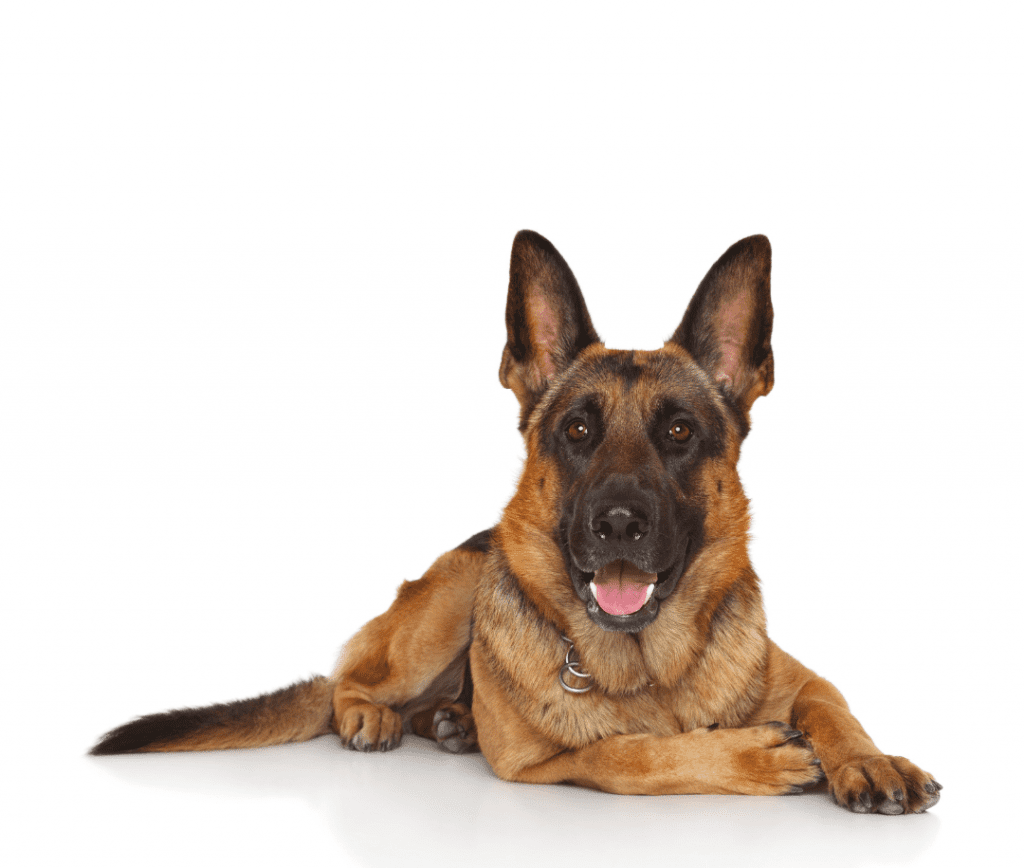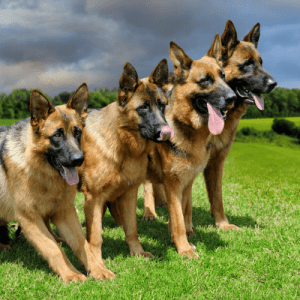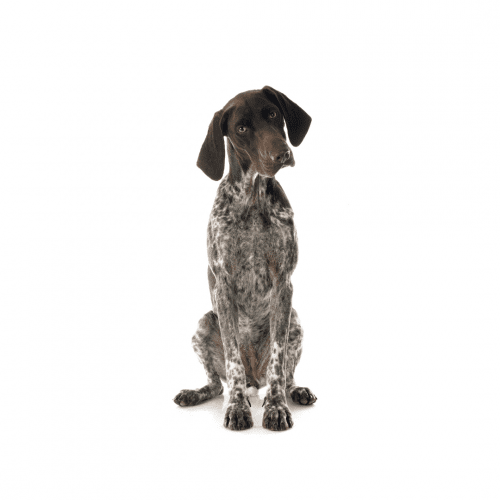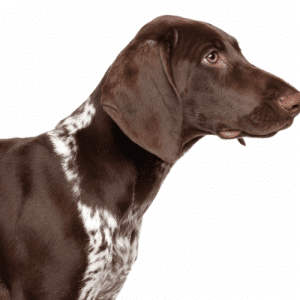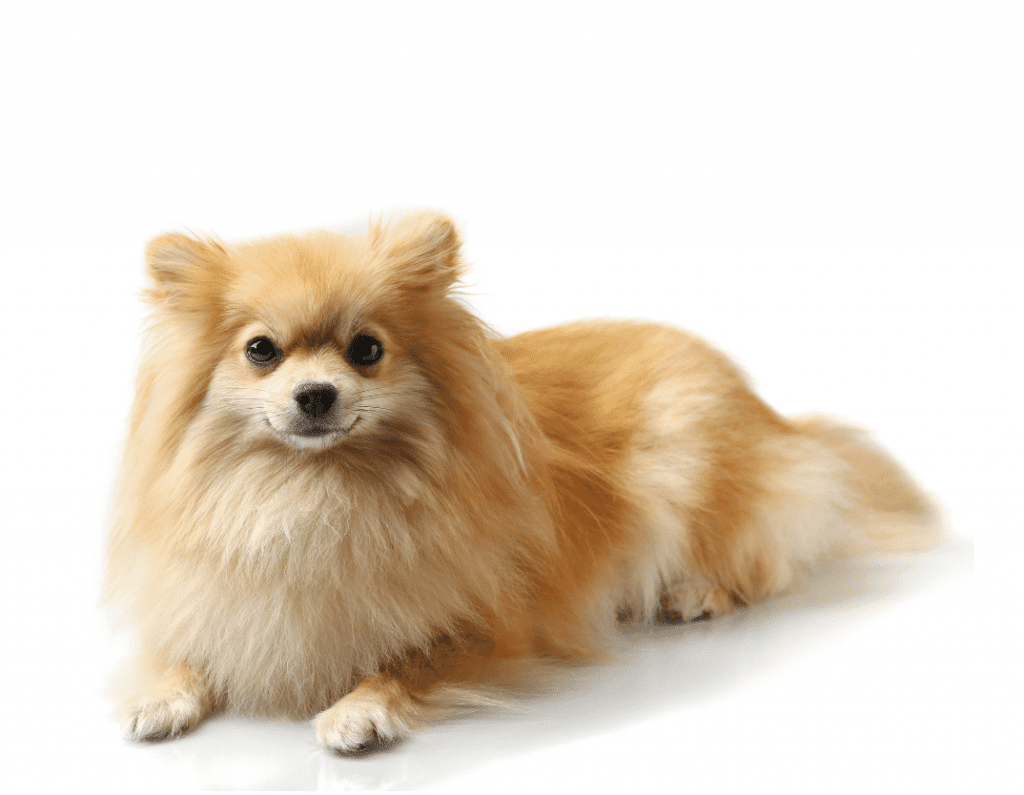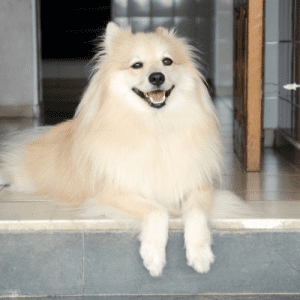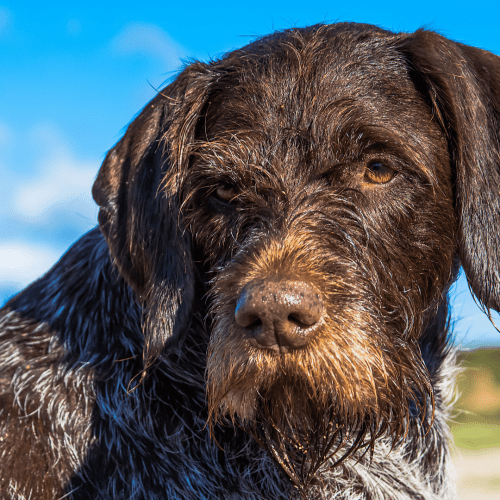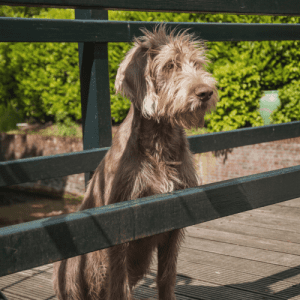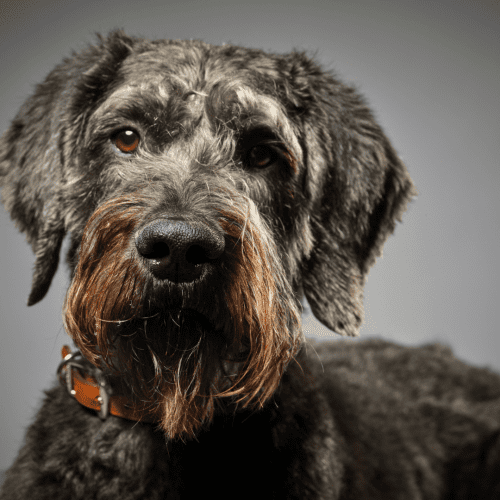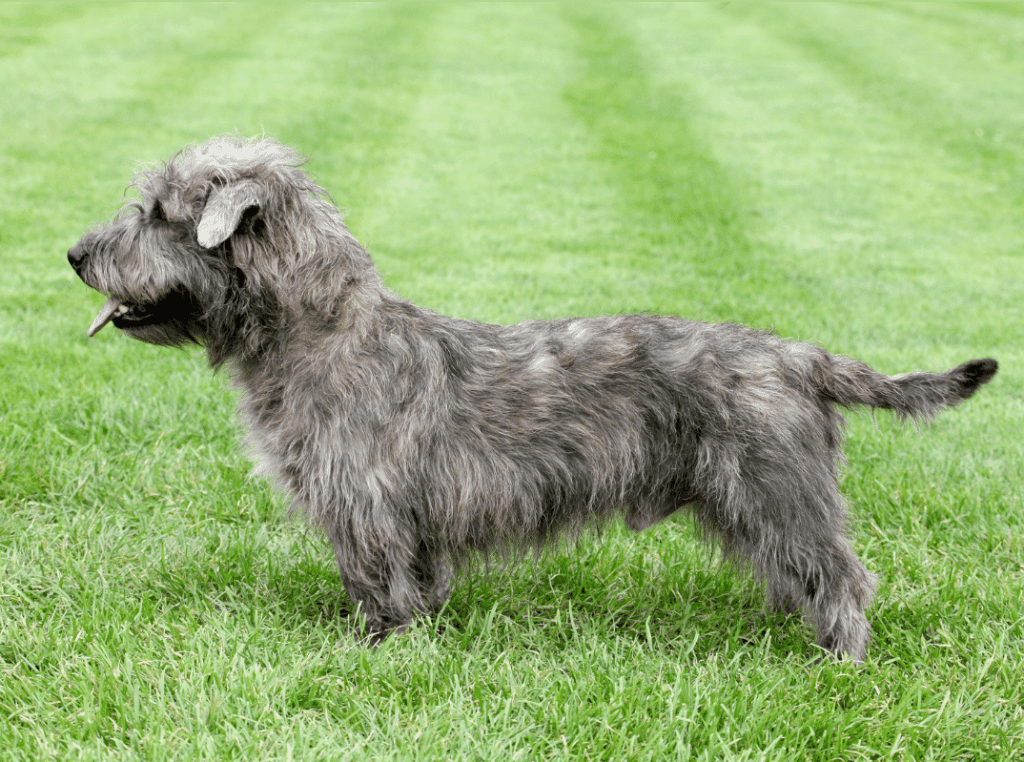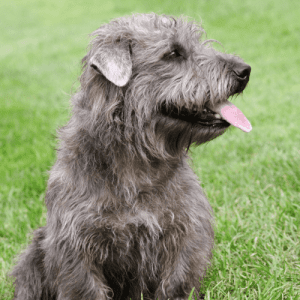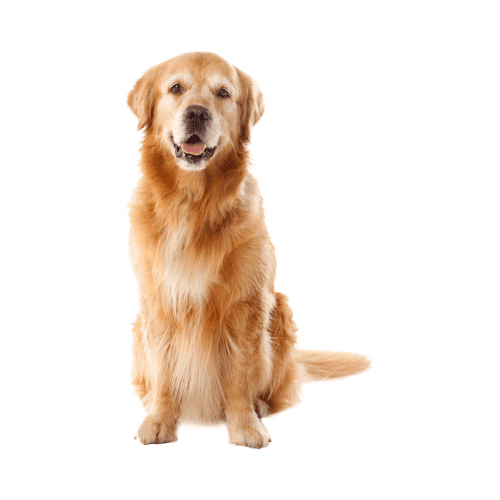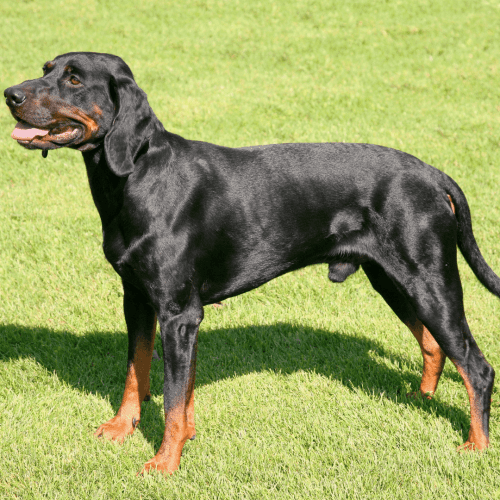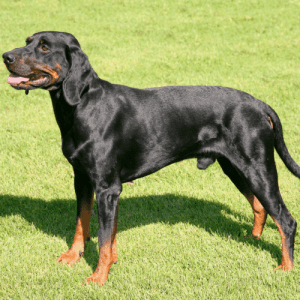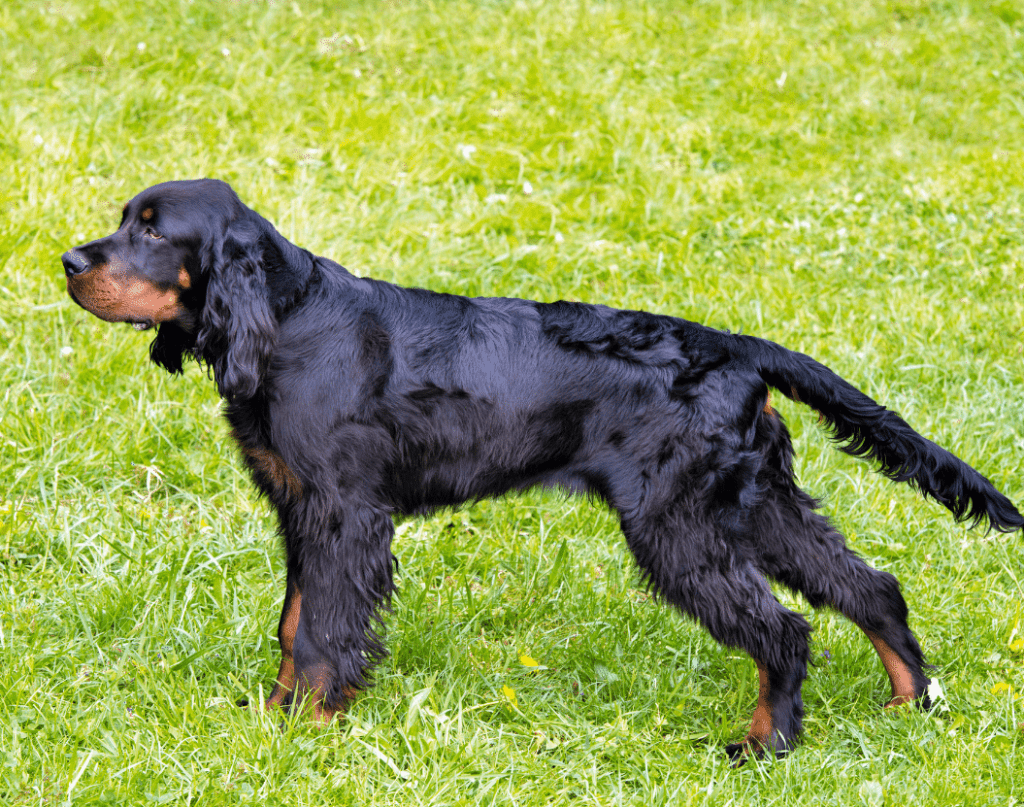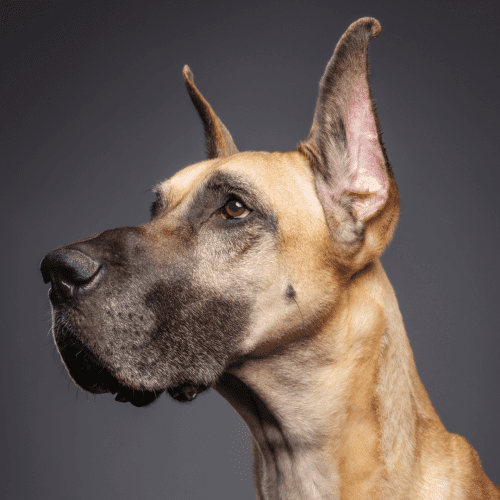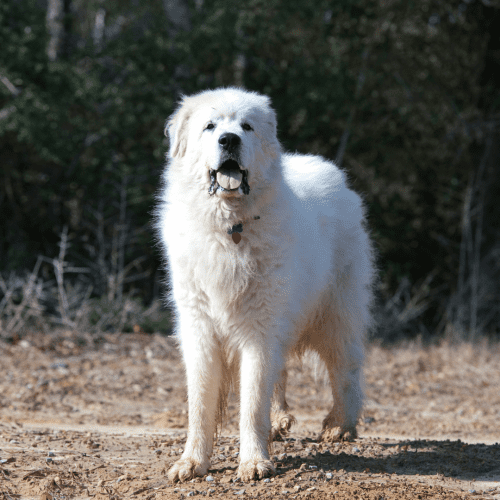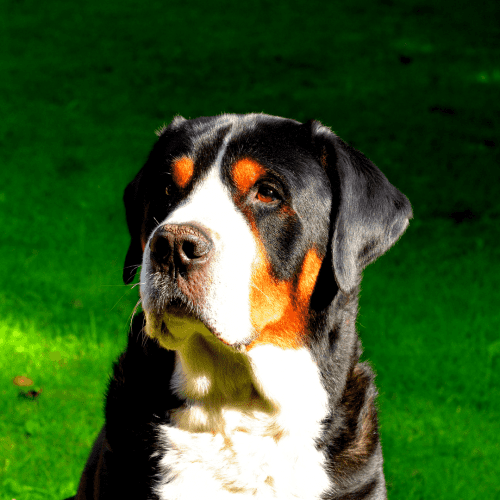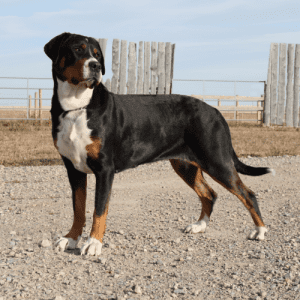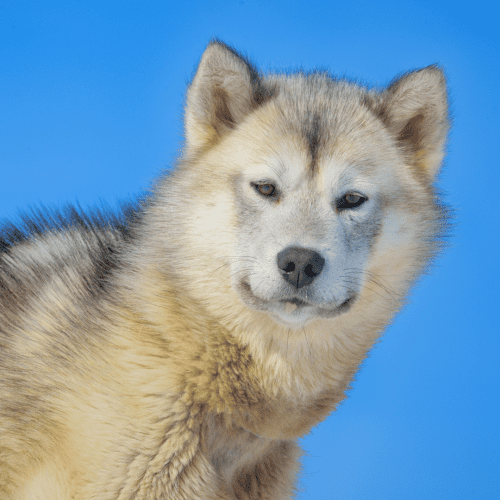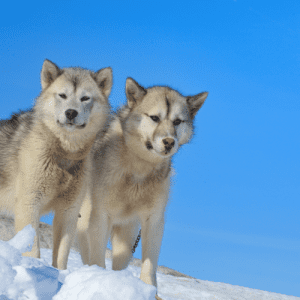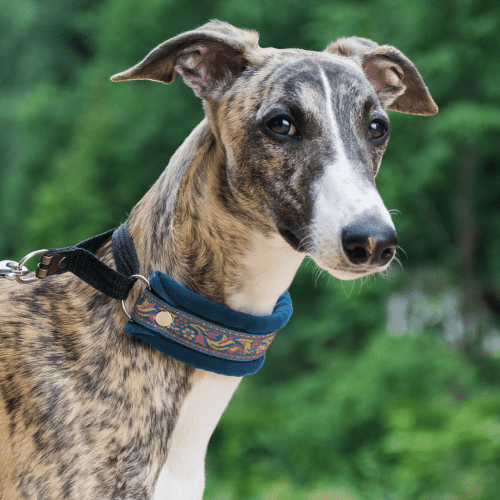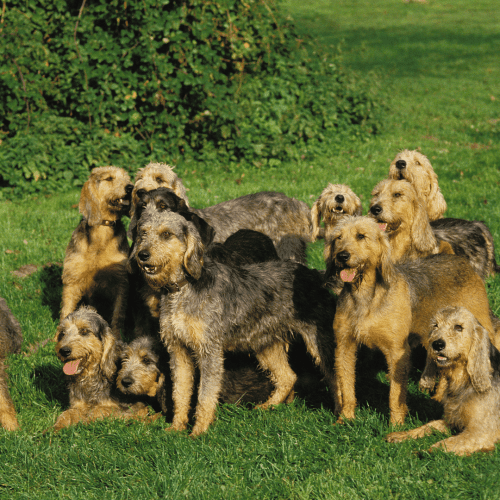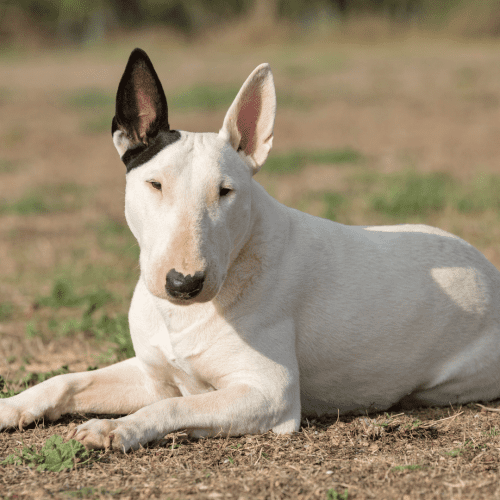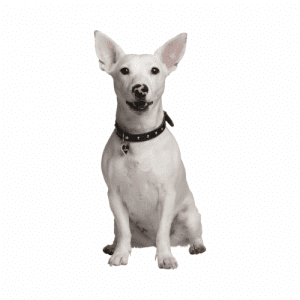
What Is The History Of The American Staghound Dog Breed?
The American Staghound is a relatively new dog breed, having only been developed in the United States within the last century. This versatile breed was created with the specific purpose of hunting game such as deer, coyote, and fox. The origins of the American Staghound are unknown, but the breed is believed to be a cross between various hound dogs and sighthounds, such as the Greyhound. Today, the American Staghound is still used as a hunting dog in some parts of the country, but they have also become popular pets due to their even temperament and affectionate nature.
What Does An American Staghound Dog Look like?
The American Staghound dog breed has a short, dense coat, typically tan with black markings. The coat may also be solid black, brindle, or red. The fur is relatively easy to care for and only requires an occasional brushing. This breed is not known for being hypoallergenic.
How Big Is An Adult American Staghound Dog?
The American Staghound is a large dog, with males typically weighing around 100 pounds and females around 75 pounds. However, there is some variation in size between individual dogs, and some may be larger or smaller than average. The height of the American Staghound also varies somewhat, but males are typically around 33 inches tall at the shoulder, while females are usually about 30 inches tall. Despite their large size, American Staghounds are relatively agile and athletic dogs and make excellent companions for active people.
Are There Other Dog Breeds Related To The American Staghound Dog?
The American Staghound Dog is related to several other dog breeds, including the American Leopard Hound, Bluetick Coonhound, Redbone Coonhound, Treeing Walker Coonhound, Plott Hound, Otterhound, Rhodesian Ridgeback, Bloodhound, Borzoi, Greyhound, Irish Wolfhound, and Scottish Deerhound. These breeds share many characteristics with the American Staghound Dog, such as a strong hunting instinct and a sleek, athletic build.
What Is The Life Expectancy Of A American Staghound Dog?
The average life expectancy of an American Staghound Dog is between 10 and 12 years. Some may live a little longer, while others may not make it to their 10th birthday. However, with proper care and attention, most American Staghound Dogs will enjoy a long and healthy life.
Can An American Staghound Dog Be Trained?
An American Staghound Dog can be trained to perform a variety of tasks and tricks. An American Staghound Dog can be trained to: sit, stay, come, down, roll over, shake, speak/bark on command, and retrieve objects. With proper training, an American Staghound Dog can learn just about anything that you want them to. If considering about getting an American Staghound Dog, or if you already have one, then make sure to start working on their training as soon as possible so that they can grow up well-behaved dogs.
What Are Some Interesting Facts About A American Staghound Dog?
1. The American Staghound is a relatively new breed, having only been developed in the early 20th century.
2. They were initially bred for hunting deer and other large game animals in the United States.
3. American Staghounds are known for their stamina, speed, and athleticism.
4. They are among the best dog breeds for running and hiking.
5. American Staghounds are also very friendly and good with children.
How Does An American Staghound Dog Interact With People?
The American Staghound is an intelligent, courageous, and loyal dog that makes a great companion for people of all ages. They are very affectionate with their family and friends and love to play fetch and other interactive games. American Staghounds also have a strong prey drive, so they must be well-socialized early to prevent aggression toward other animals. Although they are not typically aggressive towards people, American Staghounds can be protective of their homes and families and may bark at strangers. Overall, the American Staghound is a friendly, loving, and devoted dog that makes a beautiful addition to any family.

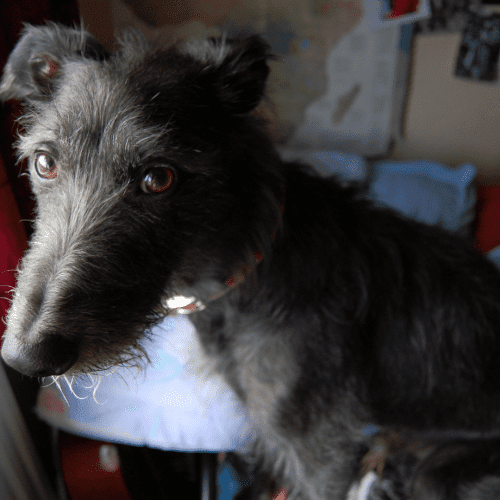
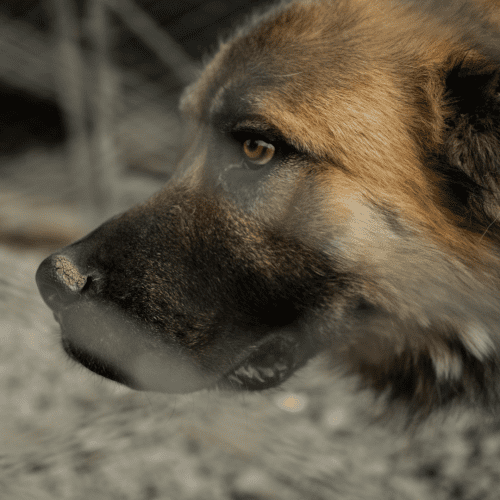
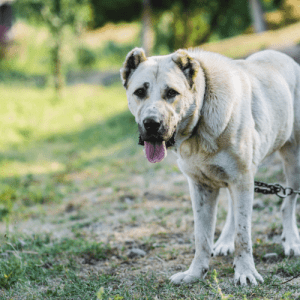
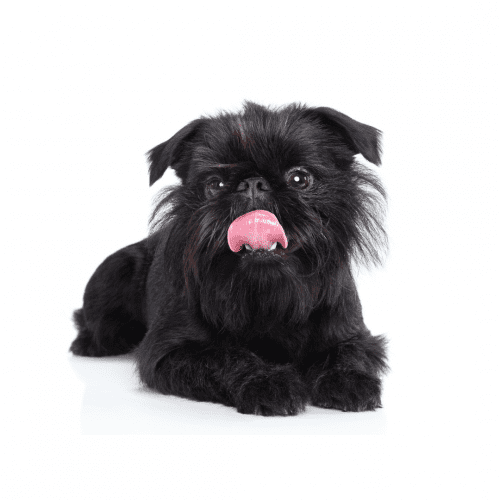
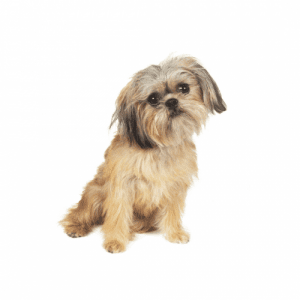
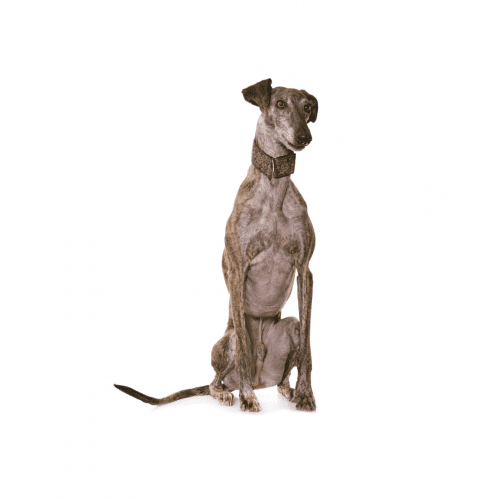

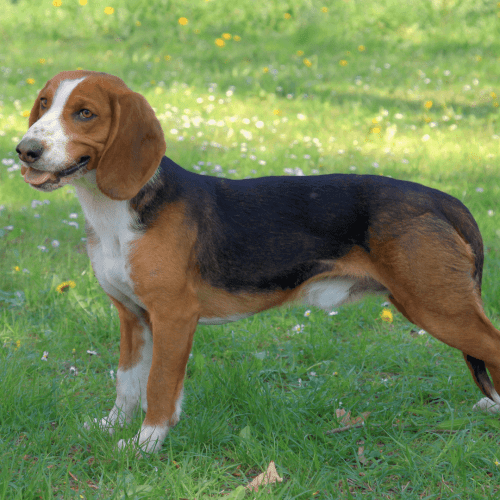
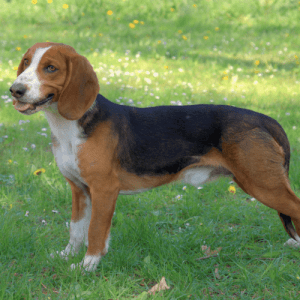 The German Hound is a relatively new breed, having only been developed in the late 1800s. The breed was created by crossing several different types of hounds, including the French Basset, the Hanoverian Shorthaired Pointer, and the German Short-haired Pointing Dog. The breed which resulted was a smaller, more compact version of the French Basset, with a shorter coat and a more hunting-friendly temperament. Today, the German
The German Hound is a relatively new breed, having only been developed in the late 1800s. The breed was created by crossing several different types of hounds, including the French Basset, the Hanoverian Shorthaired Pointer, and the German Short-haired Pointing Dog. The breed which resulted was a smaller, more compact version of the French Basset, with a shorter coat and a more hunting-friendly temperament. Today, the German 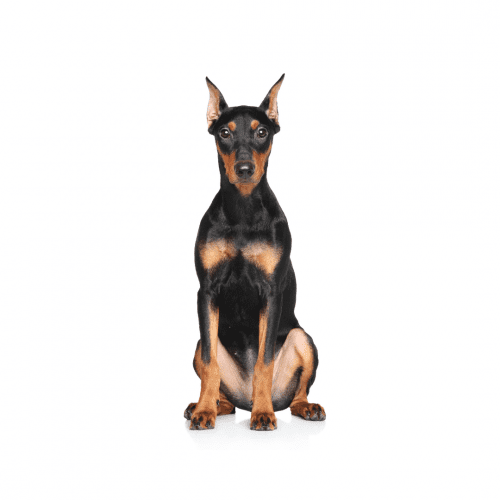
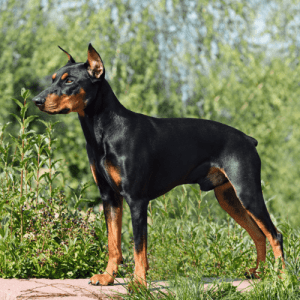 The German Pinscher is a relatively new breed, having been around only since the early 19th century. They were developed in Germany as a ratter and companion dogs and were later refined to become the elegant, athletic breed we know today. German Pinschers are intelligent and eager to please, making them excellent candidates for training. They are also fiercely loyal and protective of their families, which makes them excellent watchdogs. German Pinschers are relatively rare in the United States, but their popularity is slowly but steadily growing. If you’re looking for a loving, energetic companion with an oh-so-charming personality, the German Pinscher might be the perfect breed for you!
The German Pinscher is a relatively new breed, having been around only since the early 19th century. They were developed in Germany as a ratter and companion dogs and were later refined to become the elegant, athletic breed we know today. German Pinschers are intelligent and eager to please, making them excellent candidates for training. They are also fiercely loyal and protective of their families, which makes them excellent watchdogs. German Pinschers are relatively rare in the United States, but their popularity is slowly but steadily growing. If you’re looking for a loving, energetic companion with an oh-so-charming personality, the German Pinscher might be the perfect breed for you!